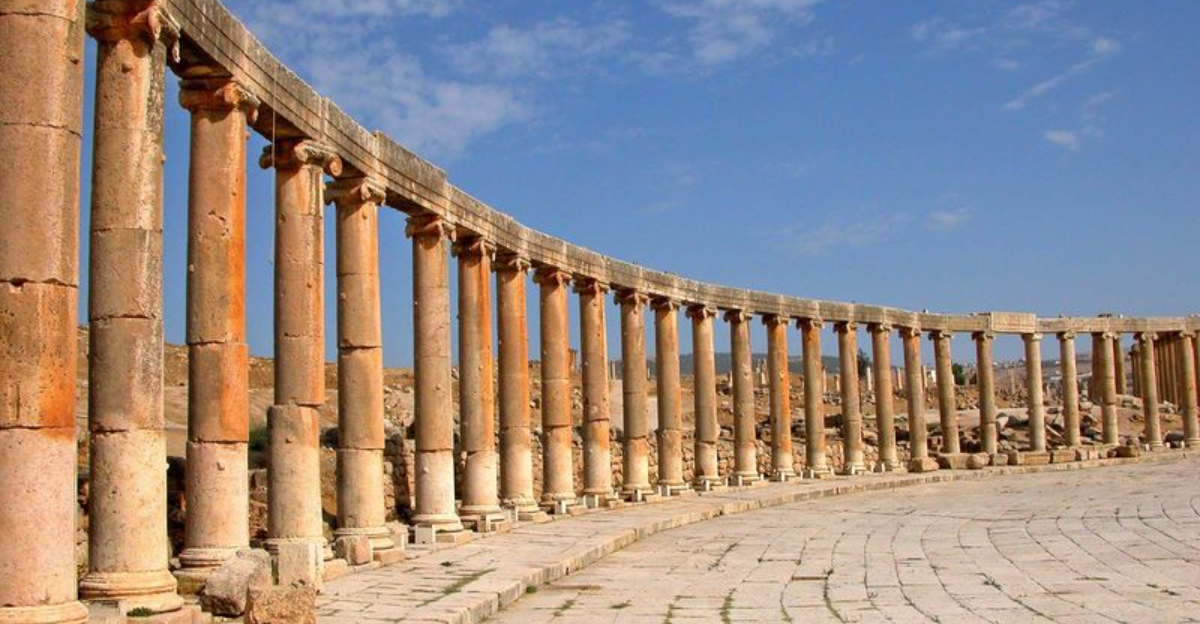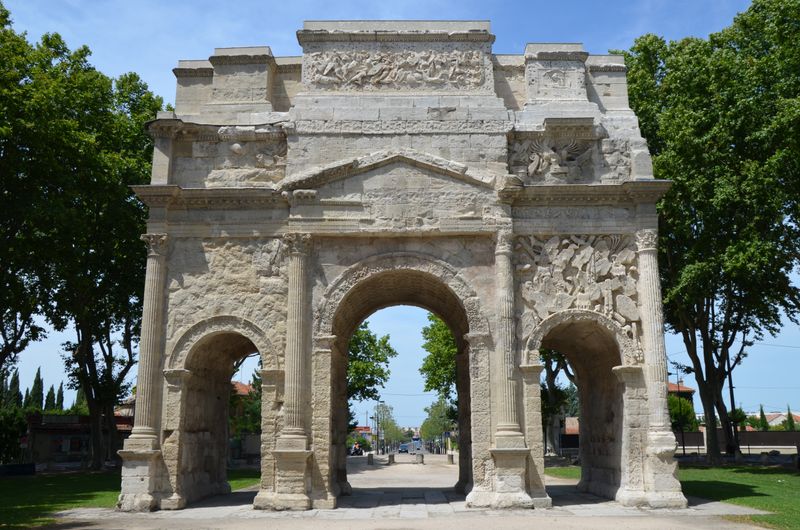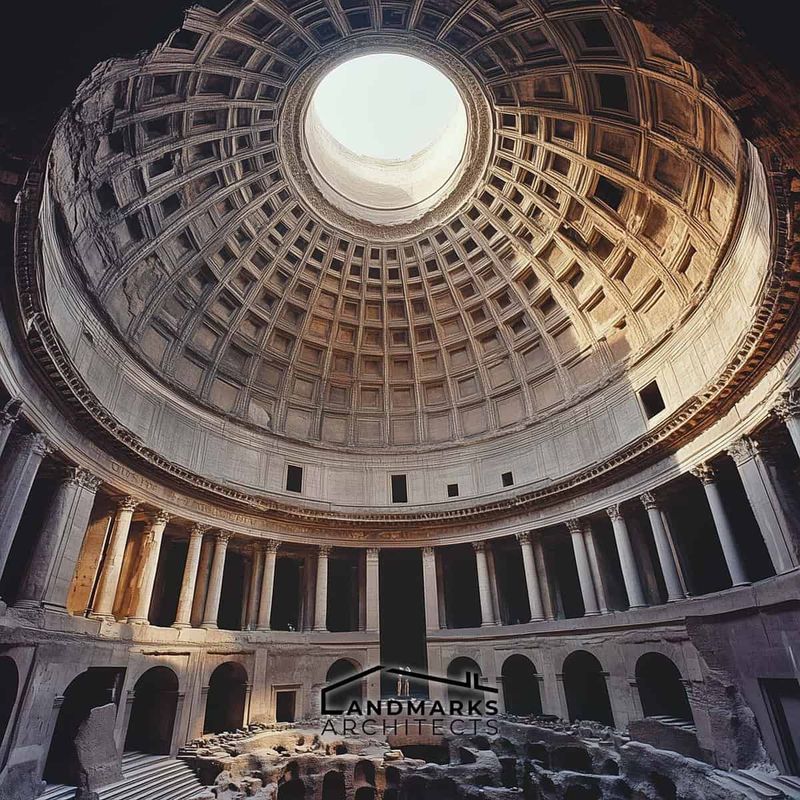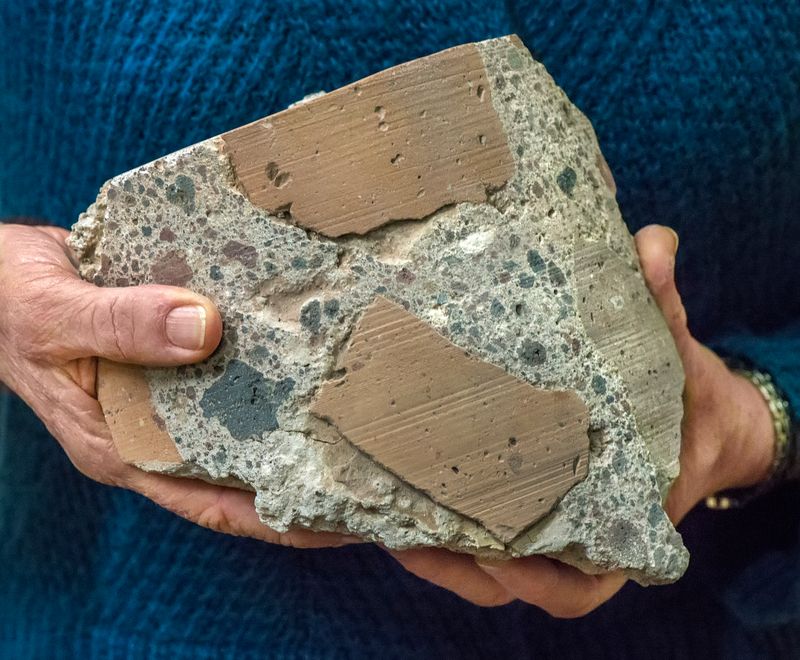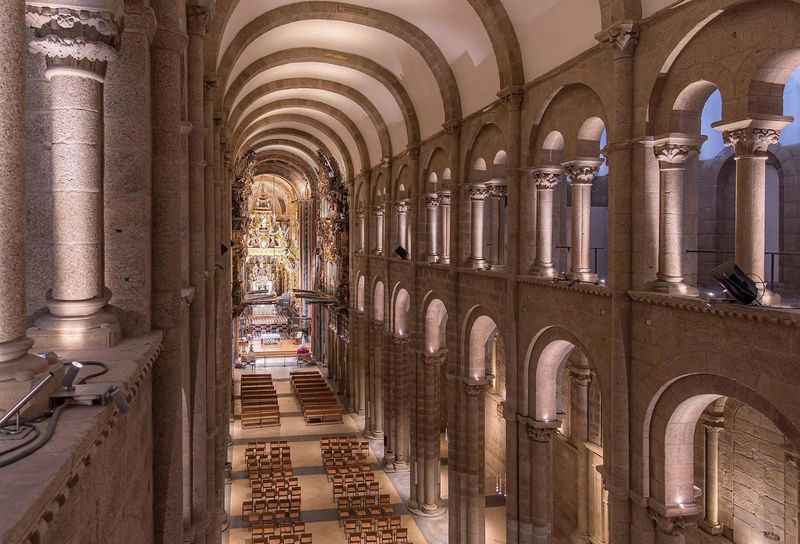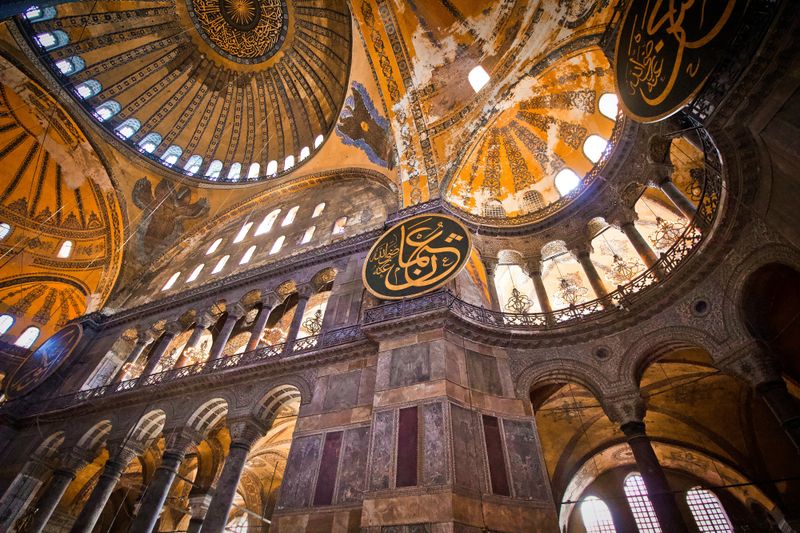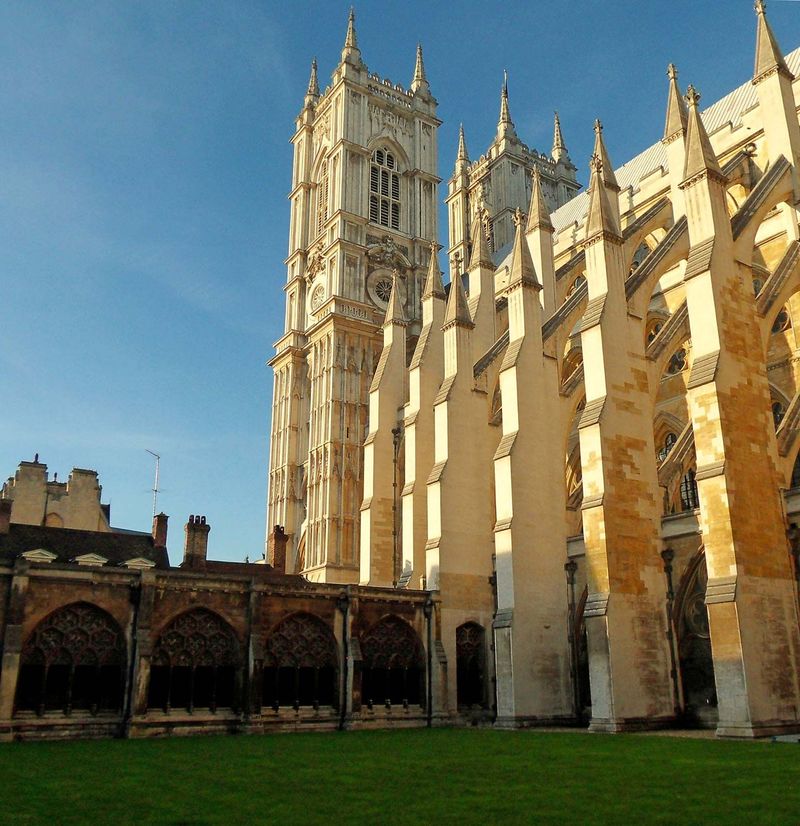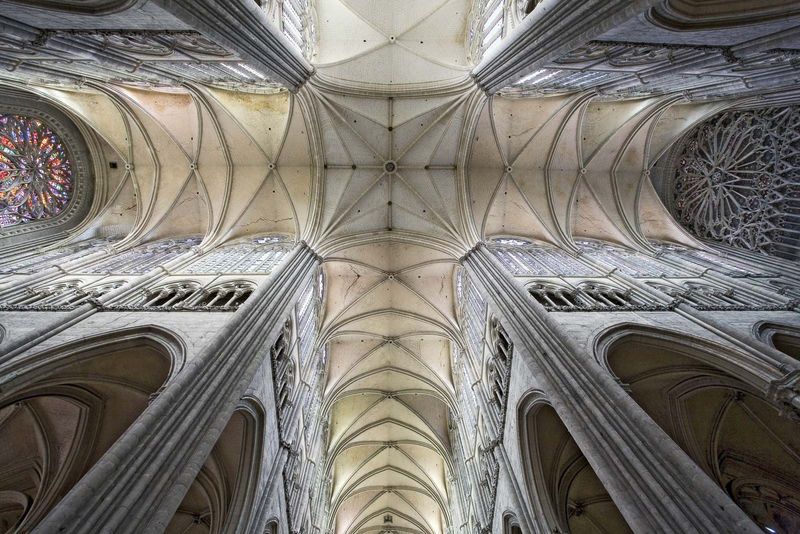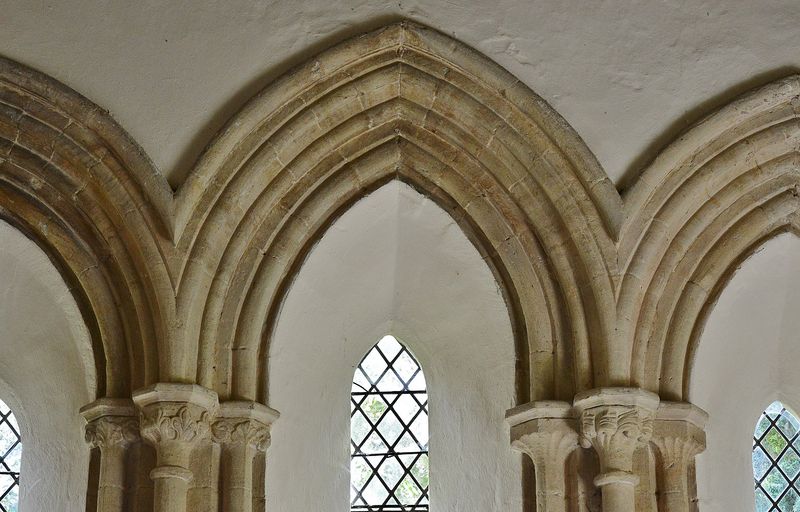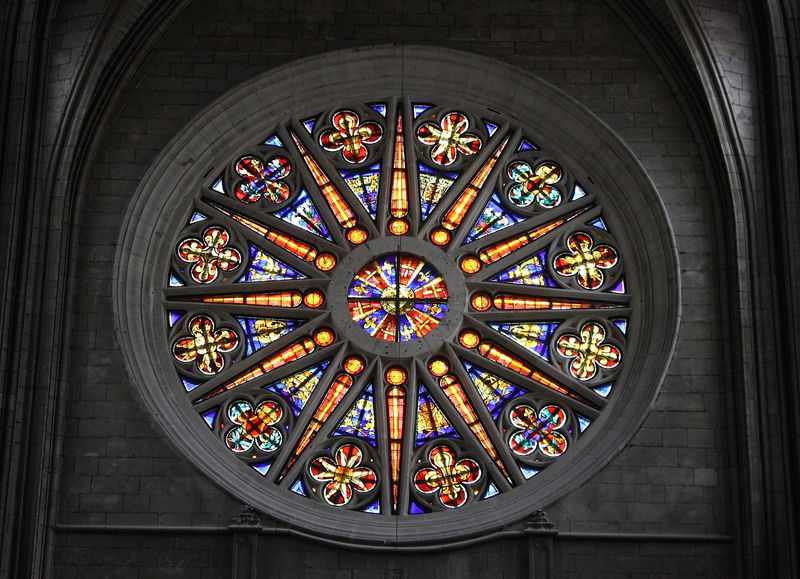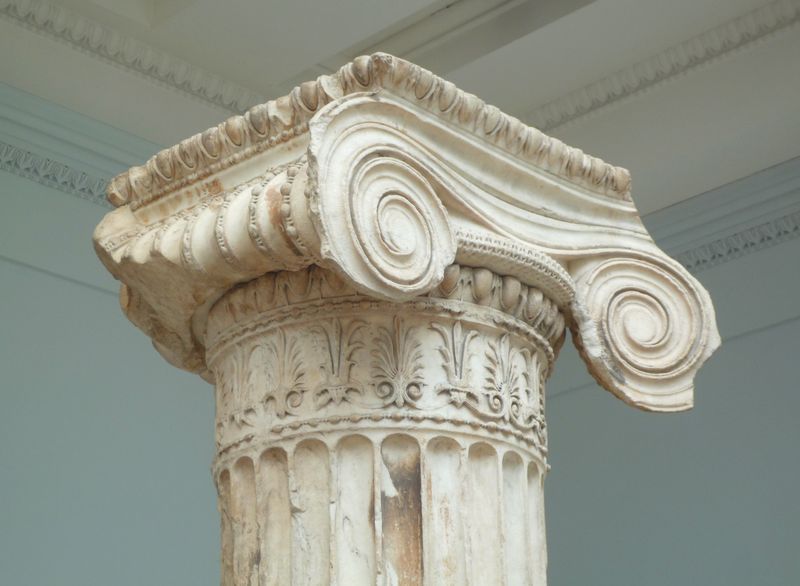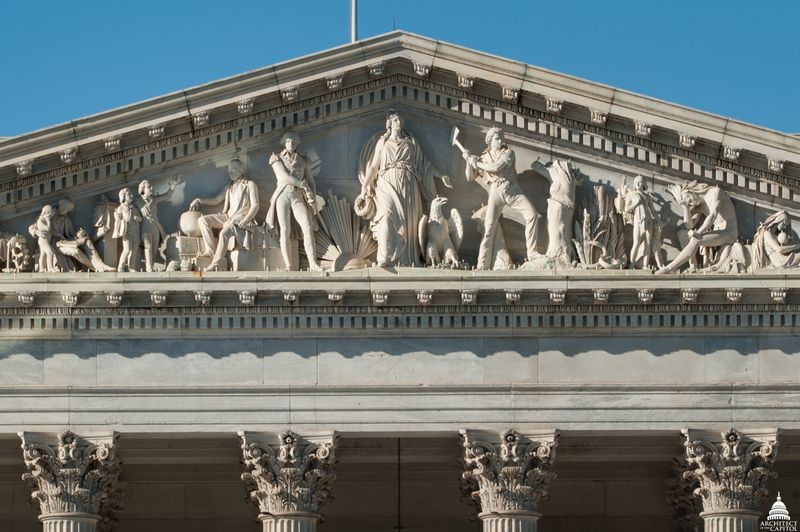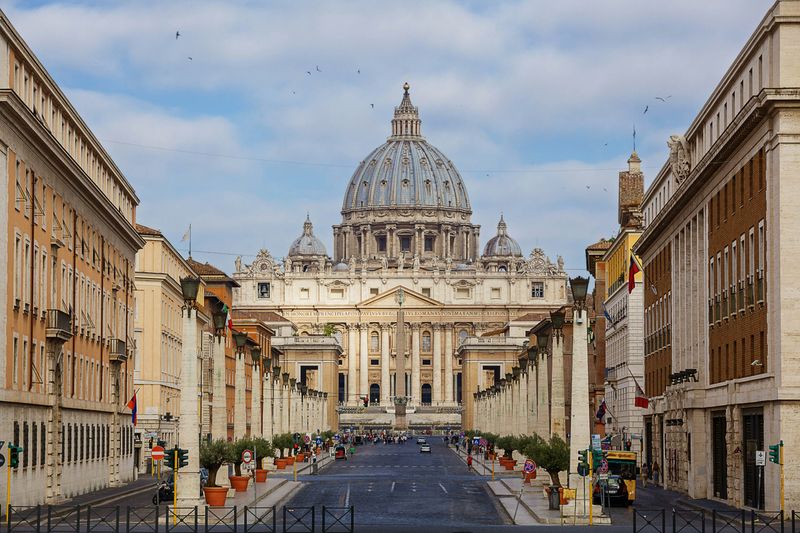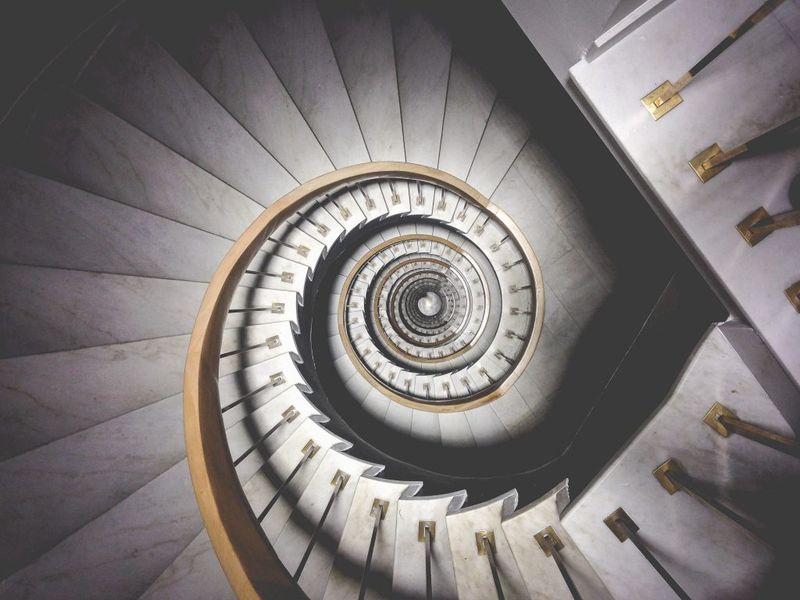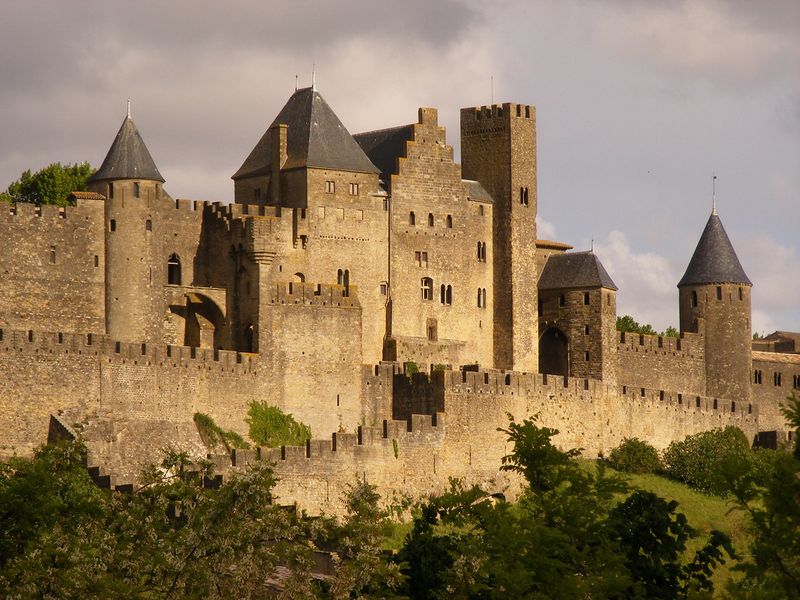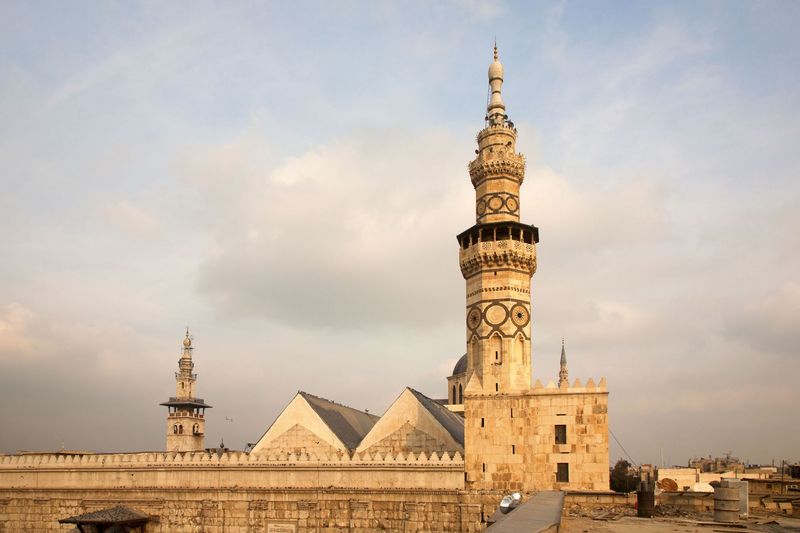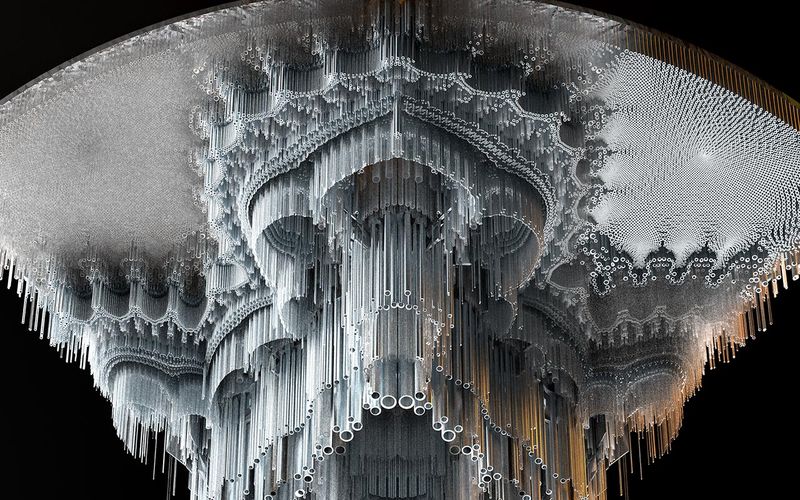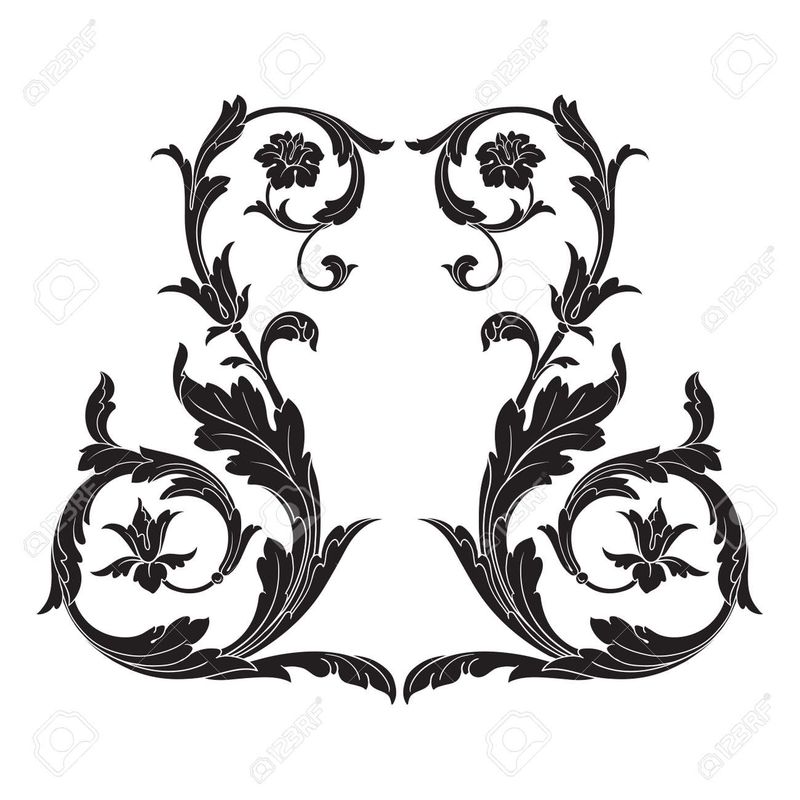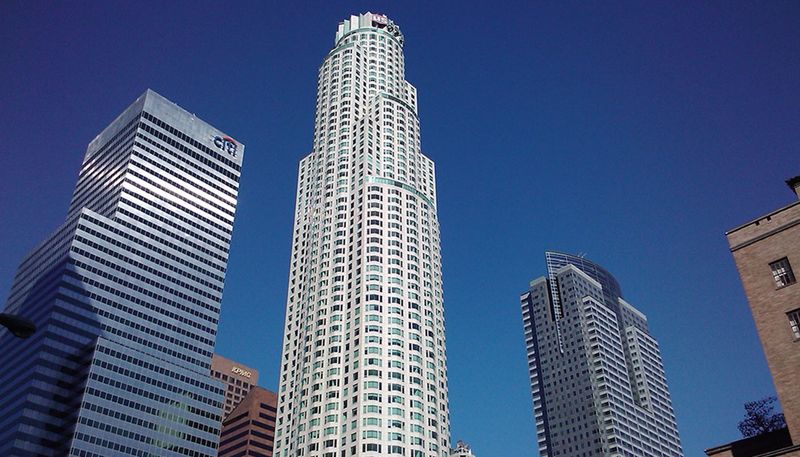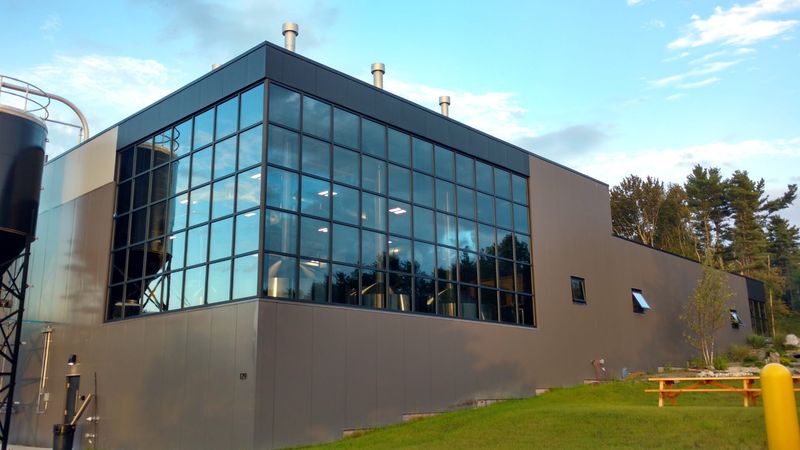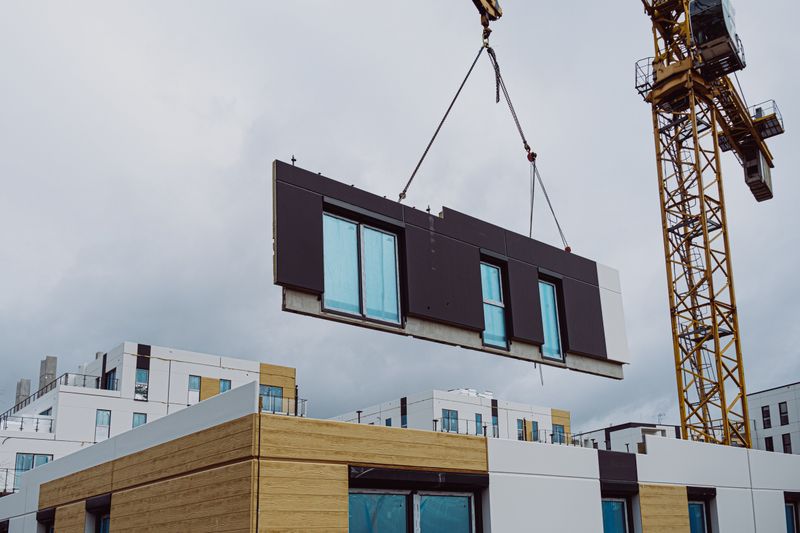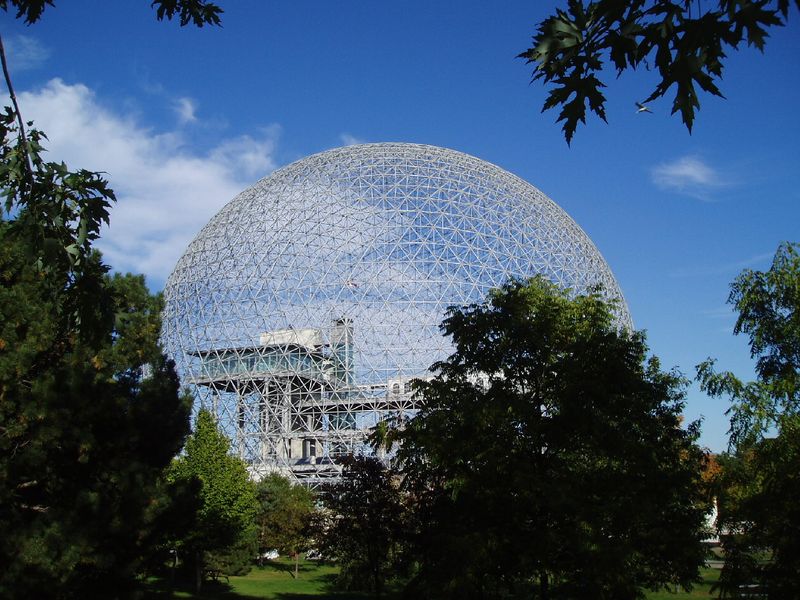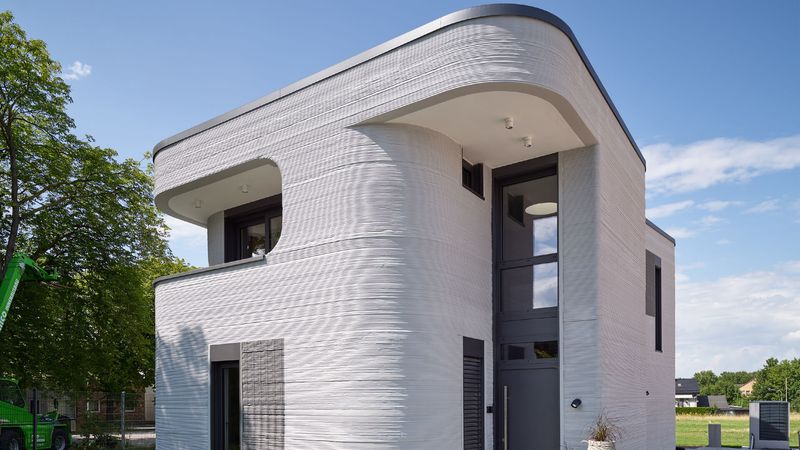Architecture has continuously evolved, introducing innovative features that have transformed landscapes and defined eras.
This post explores 25 groundbreaking architectural features that were revolutionary in their time, showcasing ingenuity and creativity across different cultures and periods.
1. Roman Arches
The Roman arch revolutionized construction, enabling the building of larger and more stable structures. Its semicircular design efficiently distributes weight, allowing for the construction of expansive bridges and aqueducts.
This innovation was crucial in the development of Roman infrastructure. Incorporated into buildings and monuments, Roman arches added aesthetic appeal and structural integrity.
The ability to span wide spaces without internal supports opened up new architectural possibilities. Roman arches are a testament to the engineering prowess of ancient Rome, leaving a lasting impact on architectural design. They are still admired today for their functionality and beauty.
2. Domes (exemplified by the Pantheon)
The Pantheon’s dome, with its unreinforced concrete construction, was a monumental achievement. It exemplifies the Roman mastery of dome construction, featuring a central oculus that illuminates the interior dramatically.
This architectural wonder inspired future generations to incorporate domes in religious and civic buildings. Its harmonious proportions and engineering brilliance continue to captivate architects and visitors alike.
Domes became symbolic of power and divine connection, influencing designs worldwide. The Pantheon remains a prime example of how domes transformed architectural aesthetics and functionality, providing a template for grandeur and innovation.
3. Roman Concrete
Roman concrete, or opus caementicium, was a groundbreaking material that enabled the construction of enduring structures like the Pantheon and aqueducts. Its composition, using volcanic ash, gave it remarkable strength and durability.
This innovation allowed for unprecedented architectural feats, reducing the need for extensive stone quarries and complex masonry. Roman concrete’s ability to set underwater expanded possibilities for coastal and aquatic constructions.
The longevity of Roman buildings owes much to this material, showcasing ancient Rome’s forward-thinking approach to construction. Its rediscovery sparked modern concrete development, underlining its historical significance.
4. Barrel Vaults
Barrel vaults, resembling elongated arches, were a revolutionary advancement in Roman architecture. They allowed for the creation of vast interior spaces, enhancing structures like baths and basilicas.
These vaults distributed weight evenly, eliminating the need for columns within wide areas. This design innovation provided new opportunities for large-scale constructions.
Barrel vaults offered structural stability and aesthetic appeal, influencing subsequent architectural styles.
Their ability to create expansive interiors without support columns revolutionized building designs, showcasing the ingenuity of Roman engineers and their lasting legacy in architectural development.
5. Pendentives
Pendentives are architectural innovations that enabled the placement of a circular dome over a rectangular space. This breakthrough was vital in Byzantine architecture, allowing for graceful transitions between square bases and rounded domes.
Their design provided structural support and aesthetic continuity, paving the way for more elaborate church designs. The Hagia Sophia is a prime example, demonstrating their practicality and beauty.
Pendentives remain a cornerstone in dome construction, influencing architectural design across cultures. They exemplify the creative solutions architects developed to overcome spatial challenges, enhancing both functionality and visual appeal.
6. Flying Buttresses
Flying buttresses revolutionized Gothic architecture by allowing for higher ceilings and thinner walls. By transferring weight outward, they enabled the construction of vast stained-glass windows.
This innovation created brighter, more uplifting church interiors, transforming the ambiance of worship spaces. Flying buttresses became iconic features of Gothic cathedrals, admired for their functionality and elegance.
Their use marked a significant shift in architectural design, showcasing the Gothic era’s emphasis on verticality and light. These structures remain an enduring symbol of medieval engineering prowess and artistic expression in architecture.
7. Ribbed Vaults
Ribbed vaults, featuring intersecting stone arches, enhanced Gothic architecture by allowing for greater height and complexity. This technique supported more elaborate and intricate ceilings.
By distributing weight more efficiently, ribbed vaults enabled larger windows and more decorative interiors. This added to the overall grandeur and spiritual ambiance of the buildings.
Their development marked a pivotal shift in architectural techniques, exemplifying the Gothic style’s emphasis on verticality and light. Ribbed vaults remain a testament to the innovative spirit of medieval architects, influencing designs for centuries.
8. Pointed Arches
Pointed arches, integral to Gothic architecture, were revolutionary in their ability to distribute weight more evenly. This allowed for taller, more slender structures compared to earlier designs.
Their use resulted in stronger and more stable buildings, enabling the inclusion of expansive stained-glass windows and elaborate facades. Pointed arches became synonymous with the elegance and grace of Gothic cathedrals.
This innovation shaped medieval architecture, influencing both the structural and aesthetic aspects of building design. Pointed arches remain an enduring symbol of Gothic craftsmanship and architectural advancement.
9. Gothic Rose Windows
Gothic rose windows transformed cathedral interiors with their stunning stained-glass designs. These circular windows, often featuring complex tracery, added color and light to otherwise solemn spaces.
Symbolizing the divine, rose windows were not only decorative but also served narrative purposes, depicting biblical scenes and saints. Their intricate designs became focal points in Gothic cathedrals.
This architectural feature exemplified the Gothic focus on light and decoration, enhancing spiritual experiences within the church. Rose windows remain a defining element of Gothic architecture, celebrated for their beauty and craftsmanship.
10. Large Stained Glass Windows
Large stained-glass windows, a hallmark of Gothic architecture, transformed church interiors with their vibrant colors and detailed storytelling. They allowed light to flood in, creating an ethereal atmosphere.
These windows depicted religious narratives and saints, serving both decorative and instructional functions. Their size and complexity were made possible by advancements like flying buttresses.
This innovation marked a significant departure from the dark interiors of earlier churches, aligning with the Gothic emphasis on light and spirituality. Large stained-glass windows continue to captivate with their beauty and historical significance.
11. Corinthian Columns
Corinthian columns, characterized by their elaborate capitals adorned with acanthus leaves, were a staple of classical architecture. They brought elegance and sophistication to Greek and Roman buildings.
These columns added a decorative element while maintaining structural support, influencing Renaissance and neoclassical designs. Their intricate carvings demonstrated artistic skill and attention to detail.
Corinthian columns remain iconic symbols of classical beauty, continuing to inspire modern architecture. Their timeless design exemplifies the enduring appeal of ancient styles and their impact on architectural aesthetics.
12. Pediments
Pediments, triangular gables found above porticoes, were significant features in classical and neoclassical architecture. They added grandeur and symmetry to building facades.
Originally used in Greek temples, pediments became decorative elements in Roman and Renaissance architecture, often filled with sculptures and reliefs. Their use signified the importance and authority of the structures.
Pediments continue to be popular in modern architecture, valued for their classic appeal and ability to create visual focal points. They represent the enduring influence of ancient design principles on contemporary architecture.
13. Basilica Layouts
Basilica layouts, with their rectangular plans and central naves, were foundational in Roman civic architecture. They provided functional spaces for gatherings and legal proceedings.
This design was later adapted for Christian churches, influencing religious architecture profoundly. The layout facilitated large congregations and processional activities.
Basilica layouts remain influential, embodying a blend of functionality and grandeur. They highlight the adaptability of Roman designs and their long-lasting impact on both secular and religious architecture.
14. Spiral Staircases
Spiral staircases, with their compact and elegant design, were revolutionary in saving space and adding visual interest to buildings. They became popular in medieval castles and towers.
These staircases provided practical solutions for accessing upper levels while enhancing the architectural aesthetics. Their helical shape added a dynamic element to interior spaces.
Today, spiral staircases are appreciated for their space-saving qualities and artistic appeal. They represent a perfect blend of form and function, illustrating the innovative spirit of medieval architects.
15. Castle Keeps
Castle keeps, central strongholds in medieval fortifications, were pivotal for defense and residence. Constructed with thick stone walls, they provided security against sieges. These keeps served as the last line of defense, symbolizing power and authority.
Their design evolved to include more comfortable living spaces, reflecting the dual military and residential purposes. Castle keeps remain iconic symbols of medieval architecture, admired for their robustness and historical significance.
They showcase the ingenuity of medieval builders in creating structures that balanced defense and domesticity.
16. Minarets
Minarets, towering structures adjacent to mosques, revolutionized Islamic architecture by serving both practical and symbolic purposes. They called the faithful to prayer and enhanced the mosque’s presence.
These slender towers, often richly decorated, became landmarks, symbolizing the Islamic faith and architectural style. Their design varied across cultures, reflecting regional influences.
Minarets remain integral to mosque architecture, representing a blend of functionality and spiritual symbolism. They continue to inspire modern Islamic design, illustrating the cultural and architectural diversity within the Islamic world.
17. Muqarnas Ornamentation
Muqarnas, a form of ornamented vaulting in Islamic architecture, transformed ceilings into intricate, three-dimensional patterns. This decorative technique added depth and texture to interiors.
Often used in domes and entrances, muqarnas showcased the artistry and mathematical precision of Islamic craftsmen. Their complexity and beauty became hallmarks of Islamic design.
Muqarnas continue to be celebrated for their aesthetic and technical achievements, embodying the rich cultural heritage of Islamic architecture. They illustrate the harmonious blend of art and geometry, captivating viewers with their elegance.
18. Porticos and Colonnades
Porticos and colonnades, featuring rows of columns supporting a roof, were essential elements in Greek and Roman architecture. They added grandeur and formality to buildings.
These structures created welcoming entrances and shaded walkways, enhancing both functionality and aesthetics.
Their use influenced Renaissance and neoclassical designs. Porticos and colonnades remain popular in modern architecture, valued for their classic appeal and ability to create a sense of openness. They reflect the enduring legacy of ancient architectural principles in contemporary design.
19. Renaissance Façade Designs
Renaissance façade designs transformed urban landscapes with their symmetry, proportion, and classical elements. They emphasized harmony and elegance, reflecting the period’s artistic ideals.
These façades incorporated decorative elements like pilasters, cornices, and sculptures, creating visually striking buildings. Their design principles influenced architecture beyond the Renaissance era.
Renaissance façades remain influential, admired for their beauty and balance. They exemplify the fusion of art and architecture, showcasing the innovative spirit of the Renaissance and its impact on modern design.
20. Baroque Curvature and Ornamentation
Baroque architecture, known for its curves and ornamentation, revolutionized design with its theatrical and emotive style. It emphasized grandeur and movement.
Elaborate details and complex forms created dynamic interiors and facades, engaging viewers with their visual impact. Baroque architecture conveyed power and drama, influencing religious and secular buildings.
This style remains celebrated for its opulence and expressive qualities. Baroque architecture demonstrates the artistic innovation of its time, leaving a lasting imprint on architectural history and continuing to inspire modern interpretations.
21. Steel Frame Construction (Skyscrapers)
Steel frame construction revolutionized building design, enabling the creation of skyscrapers and transforming urban landscapes. It provided the strength and flexibility needed for high-rise structures.
This innovation allowed for taller buildings with more open interiors, facilitating the development of modern cities. Steel frames marked a departure from traditional masonry techniques.
The impact of steel frame construction is evident in skylines worldwide, demonstrating its significance in architectural evolution. It represents a pivotal moment in engineering, paving the way for contemporary urban architecture.
22. Curtain Wall Systems
Curtain wall systems, featuring non-structural outer coverings, transformed modern architecture with their sleek aesthetics and functional benefits. They allowed for larger windows and more natural light.
These systems reduced construction weight and improved energy efficiency, contributing to sustainable building practices. Their design flexibility enabled innovative and striking facades.
Curtain walls remain a hallmark of modern architecture, reflecting the shift towards transparency and minimalism. They illustrate the fusion of technology and aesthetics, shaping contemporary building design and enhancing urban environments.
23. Prefabricated Building Components
Prefabricated building components revolutionized construction by allowing for faster and more efficient assembly. They reduced on-site labor and minimized waste, aligning with sustainable practices.
These components offered flexibility and cost-effectiveness, enabling the rapid development of housing and infrastructure. Their use marked a shift towards modular and customizable building techniques.
Prefabrication continues to influence modern architecture, highlighting the importance of innovation in construction methods. It exemplifies the drive towards efficiency and adaptability, meeting the demands of contemporary building needs.
24. Geodesic Domes
Geodesic domes, with their efficient and lightweight structures, revolutionized architectural design. Their geometric form provided strength while using minimal materials.
These domes offered versatile and cost-effective solutions for various applications, from housing to ecological projects. Their unique appearance captured the imagination of architects and environmentalists alike.
Geodesic domes remain popular for their sustainability and innovative design. They represent a fusion of engineering and ecology, embodying forward-thinking approaches to construction and environmental harmony.
25. 3D-Printed Building Structures
3D-printed building structures represent cutting-edge technology in construction, enabling rapid, cost-effective, and customizable buildings. They reduce material waste and labor costs.
This innovation allows for complex and unique designs, pushing the boundaries of conventional architecture. 3D printing is particularly promising for affordable housing and disaster relief.
The potential of 3D-printed structures highlights the ongoing evolution of architecture and construction technology. They symbolize a shift towards more sustainable and adaptable building practices, shaping the future of urban and rural landscapes.
